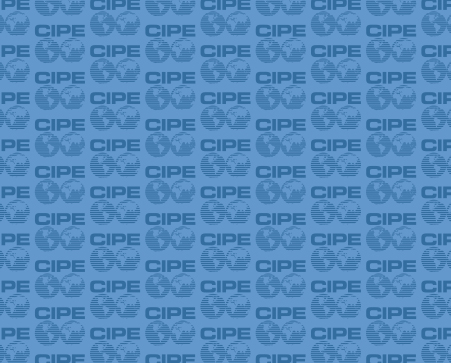
By Tyler Makepeace
The Republic of Korea is one of the greatest economic development success stories in history — going from one of poorest countries in the world and a major aid recipient to a high-income country and a major aid donor in just a single generation. Both the head of the World Bank and the United Nations claim Korea as their birthplace.
The “Miracle on the Han River” which led to Korea’s stunning economic growth was based on an export-oriented industrialization model, similar to that of Japan, Taiwan, and later China. However, this model of fast growth has now run its course, and for Korea to continue onto the next stage of economic development it will require a different model for economic growth based on an innovative society.
In response to this need, President Park Geun-hye announced in her 2013 inaugural speech the beginning of the “Second Miracle on the Han River” through a new policy called the Creative Economy. This initiative seeks to create a supportive ecosystem for entrepreneurs and SMEs, especially in the tech sector, in order to boost job creation and pursue greater economic democratization within the country.
The Creative Economy policy, in seeking to build an entrepreneurial ecosystem, puts into action many of the policies discussed in CIPE publications, such as the recent report entitled “Creating the Environment for Entrepreneurial Success.” CIPE programs aim to improve the operating environment for businesses by building the institutions of a market economy, reducing barriers to doing business, and promoting an inclusive entrepreneurial culture.
The specific plans seek to build entrepreneurship through a variety of reforms and initiatives:
Structural Reforms: One of the first initiatives of the Creative Economy was the creation of the Ministry of Science, ICT, and Future Planning (MSIP), in order to create a bureaucracy equipped to enable the goals of the new policy.
Preferential Polices: The Park administration instituted tax cuts and delayed deadlines for income tax for investors in startups.
Startup Funding: The government pledged $2.92 billion to fund startups, with an emphasis on tech startups, as well as $89 million to aid entrepreneurs after a failure.
Developing an Entrepreneurial Culture: While entrepreneurs are highly regarded in the U.S., in Korea there is a much greater preference for stable jobs in large corporations like Samsung. In order to develop more positive and supportive attitudes towards entrepreneurship, President Park has held public meetings with successful U.S. entrepreneurs like Bill Gates, Larry Page, and Mark Zuckerberg, and also visited many famous Korean startups.
It is still far too early to judge the efficacy of specific initiatives within the Creative Economy, however, the policies outlined provide a series of steps that policymakers who wish to develop an economic growth plan based on innovation can adapt to their own specific circumstances.
Tyler Makepeace is a Knowledge Management intern at CIPE.
Published Date: November 21, 2014